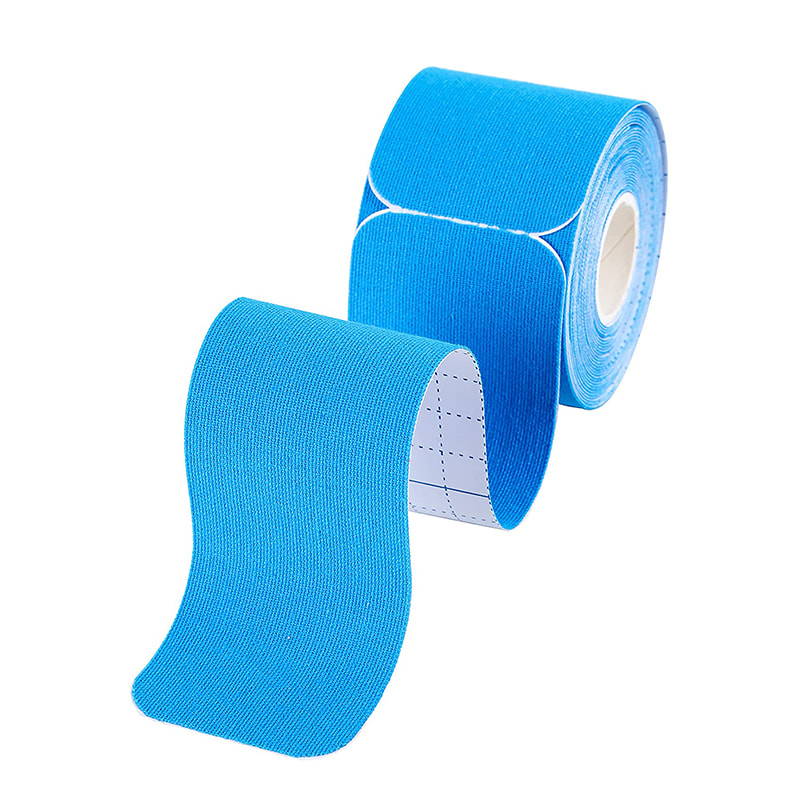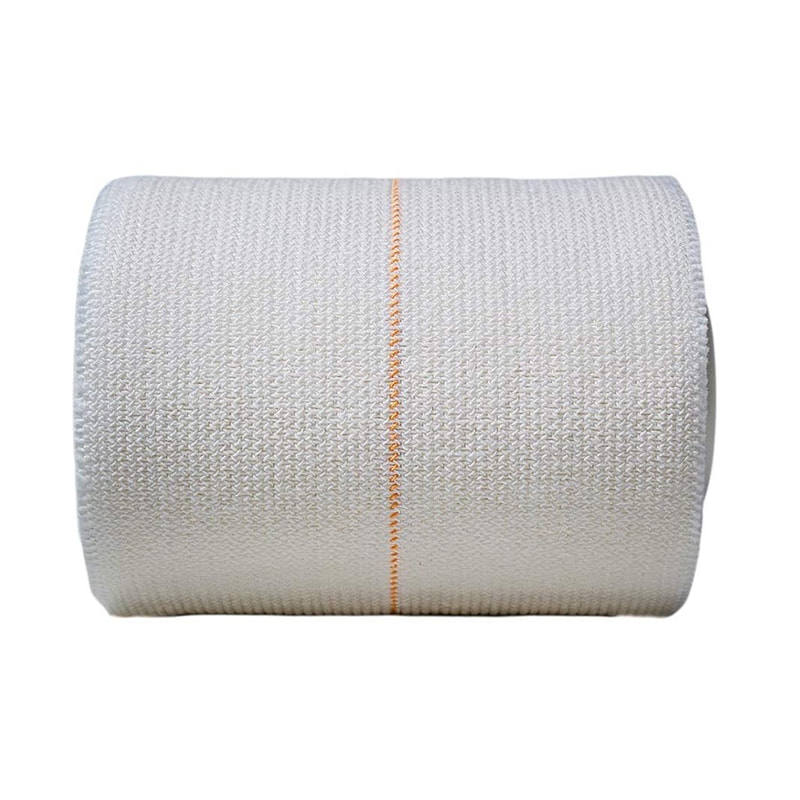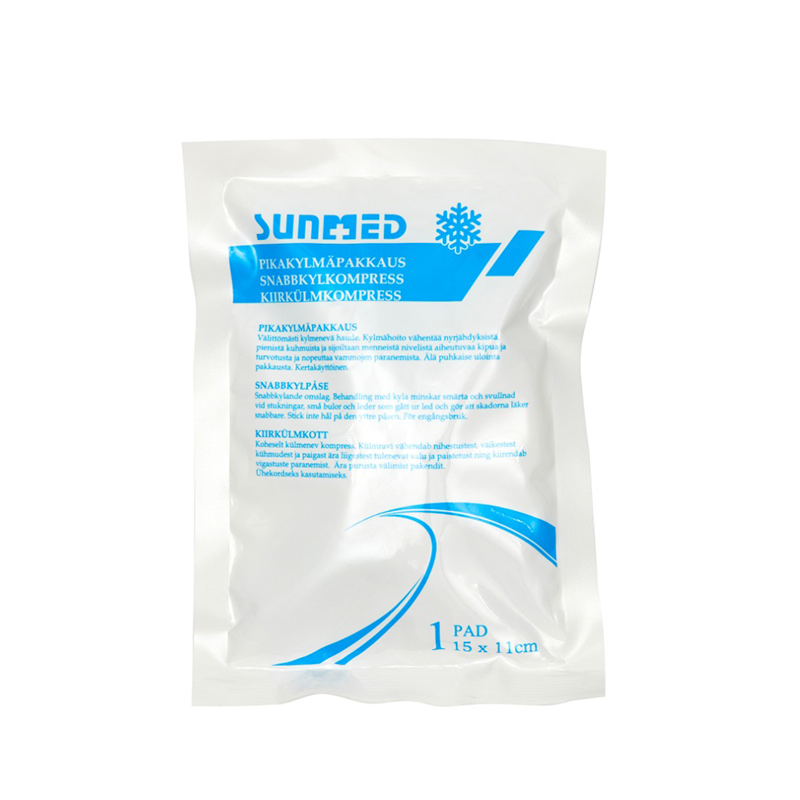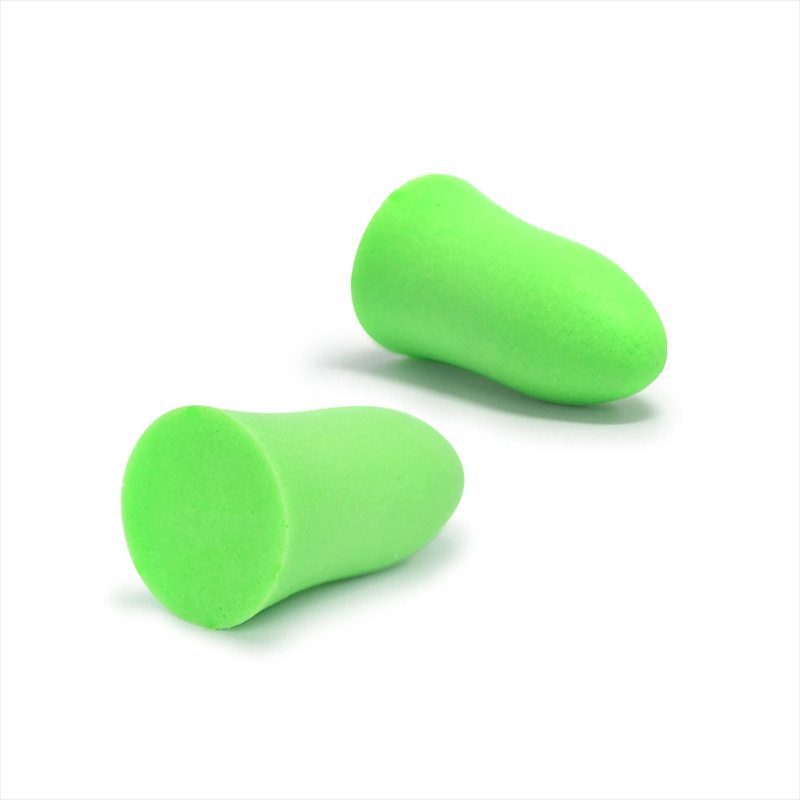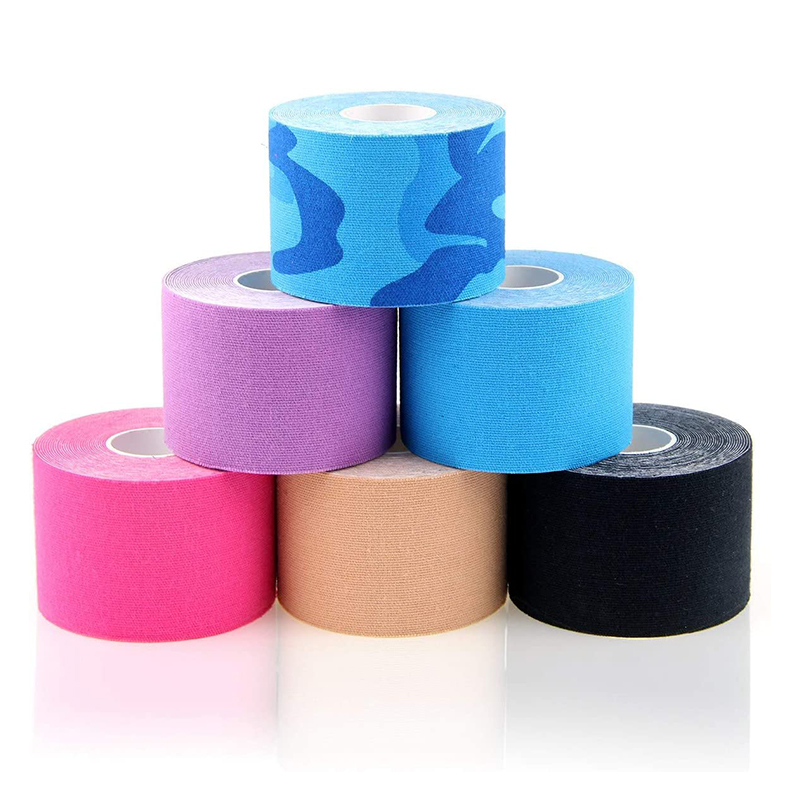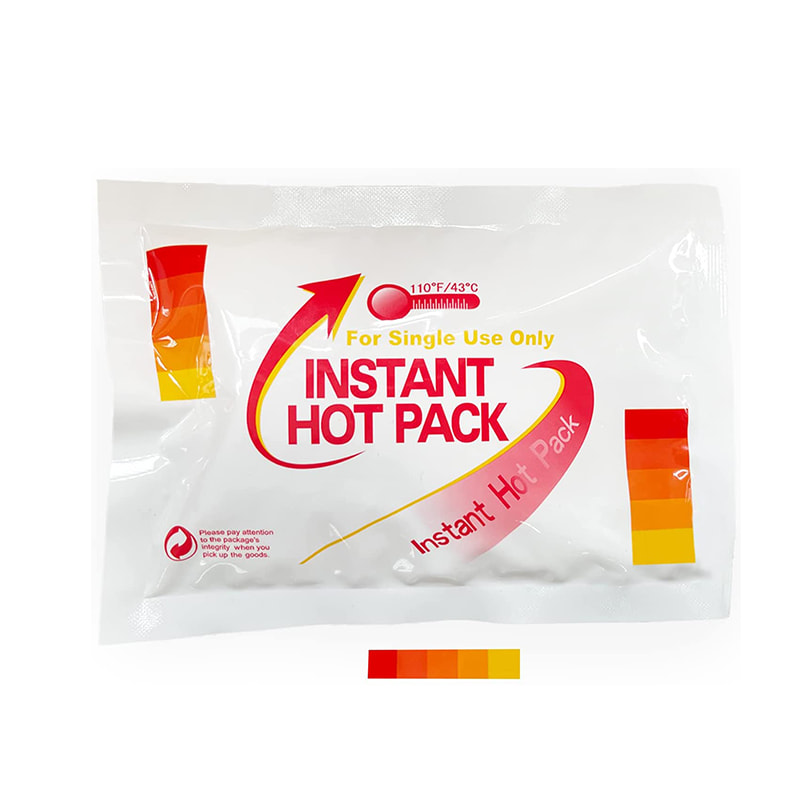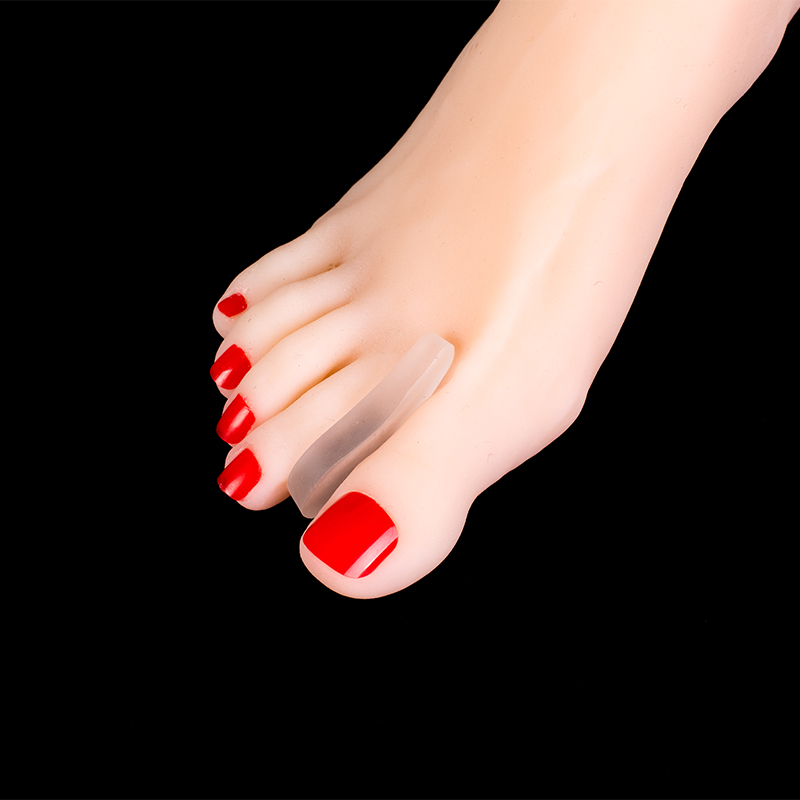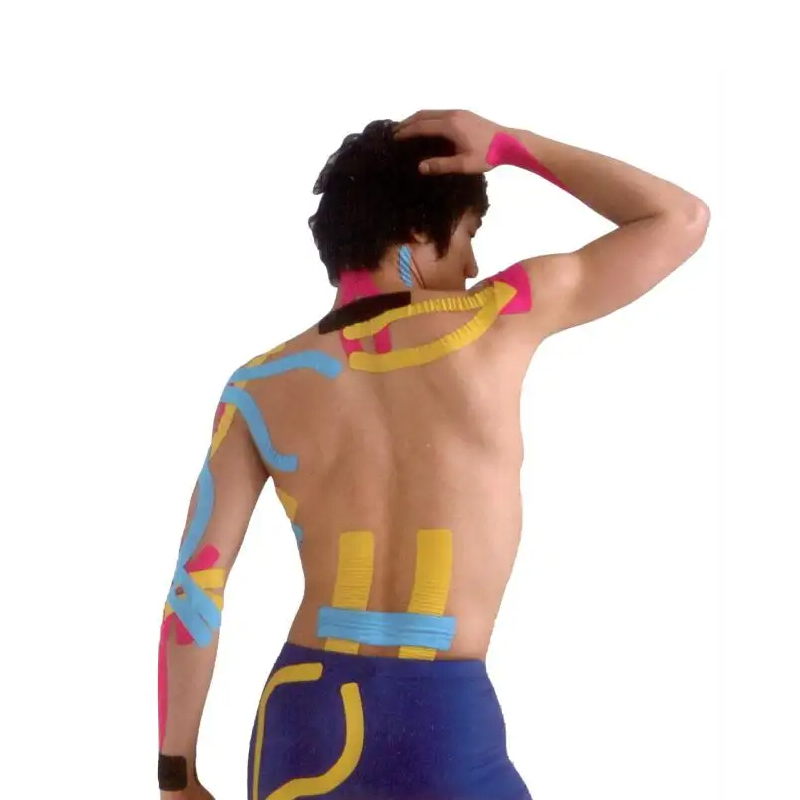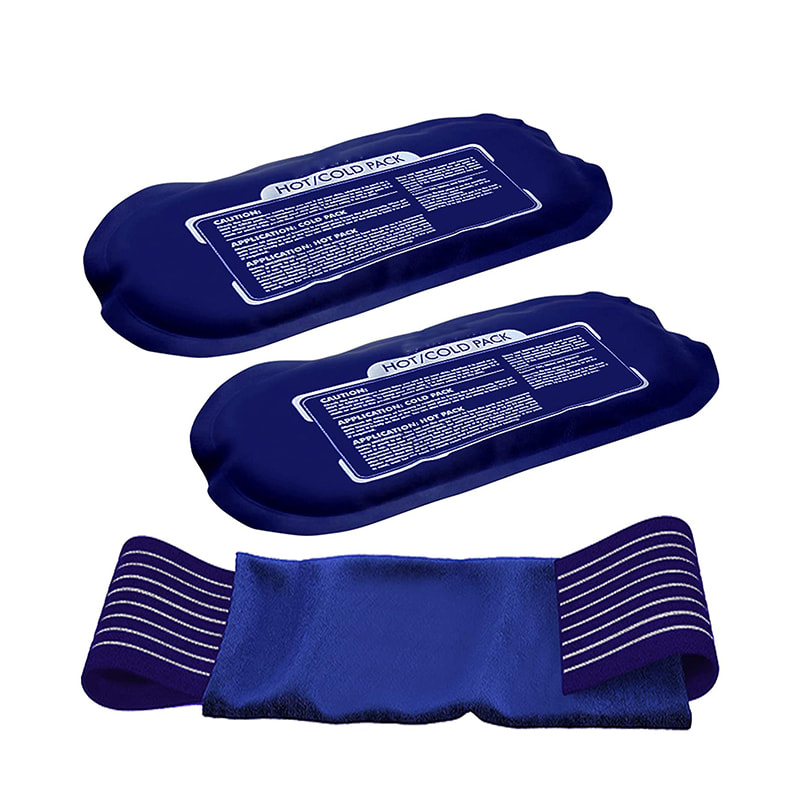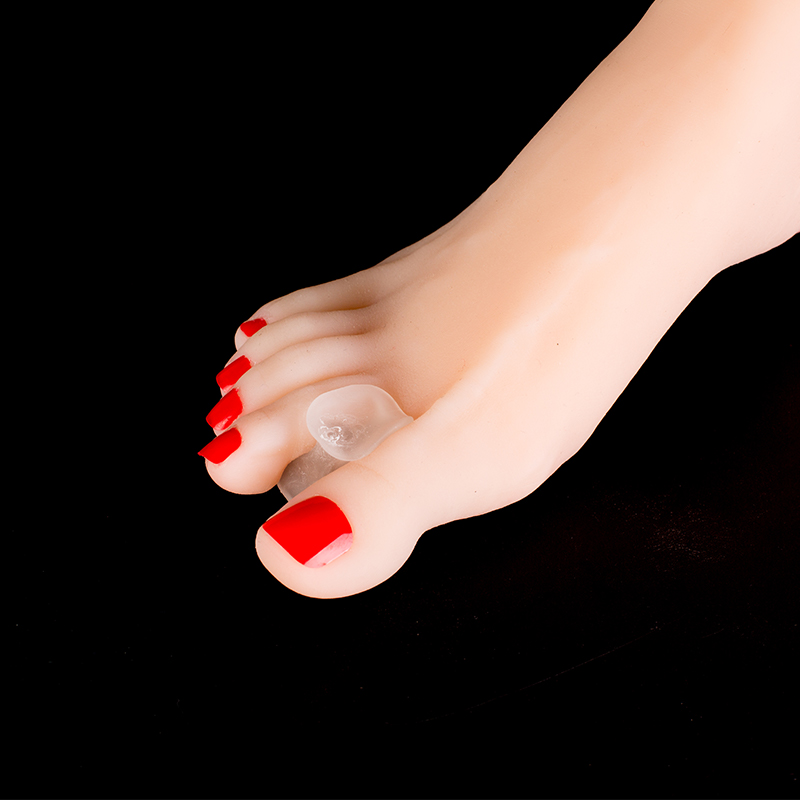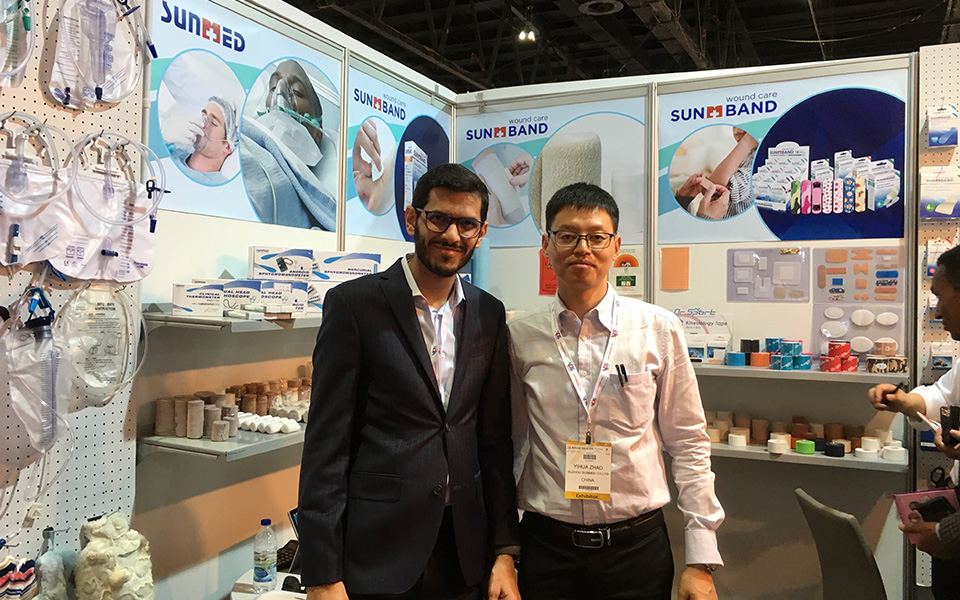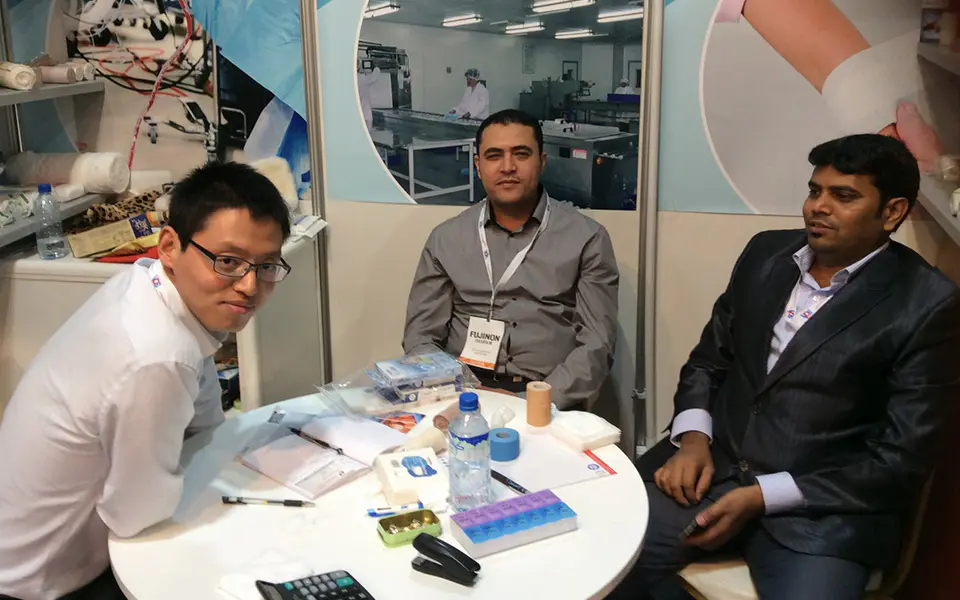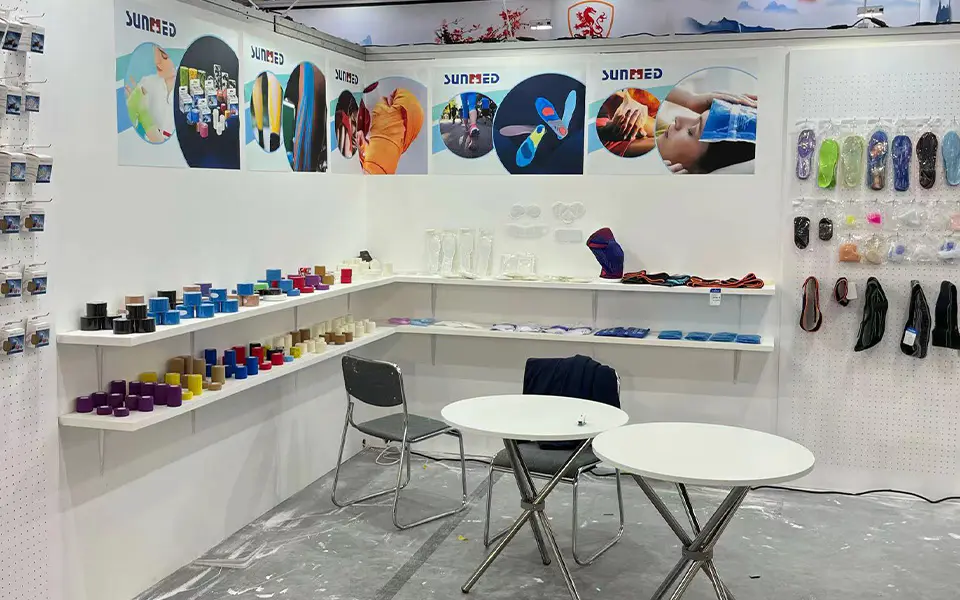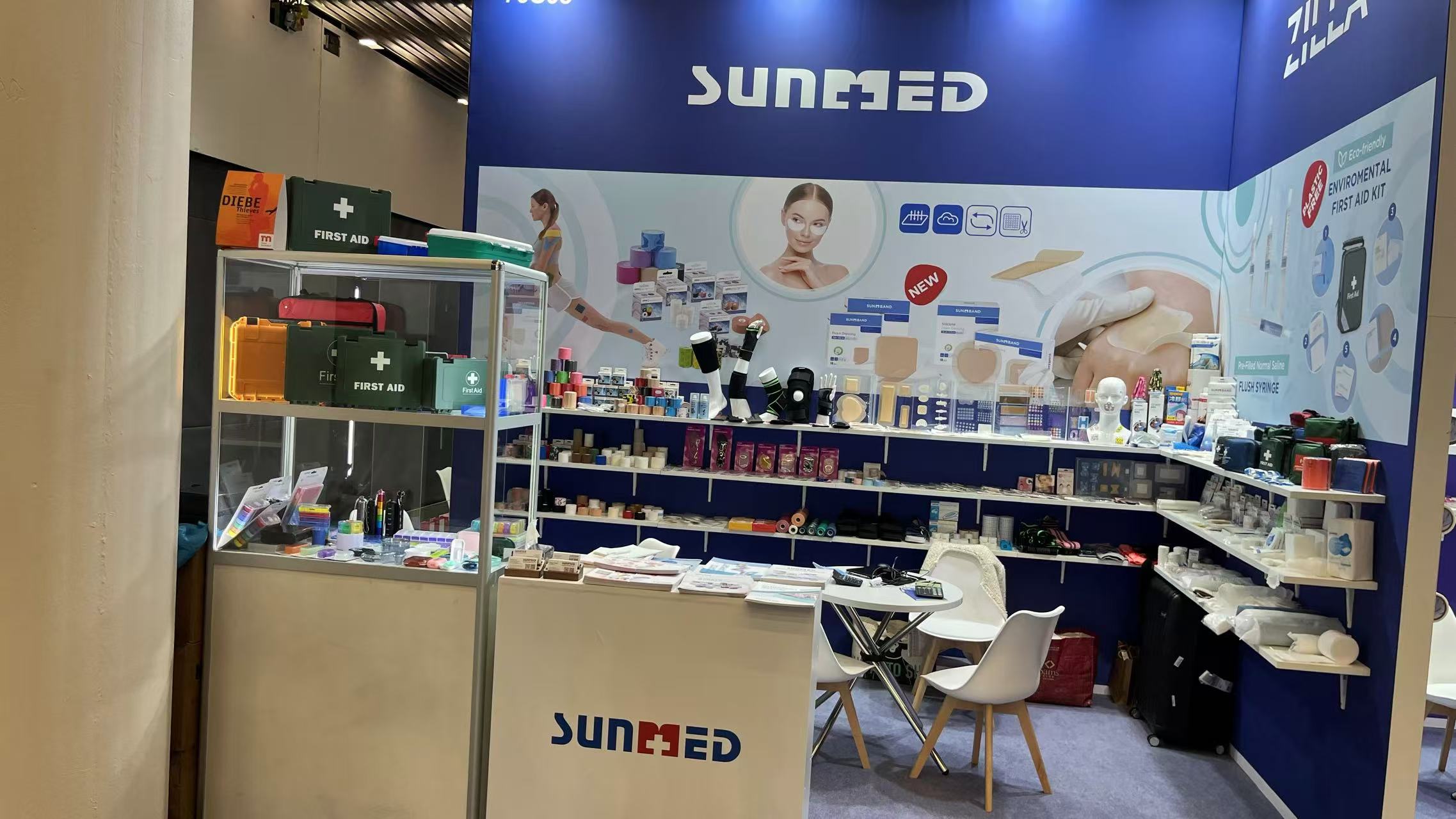When it comes to wound care and medical adhesives, two terms often used interchangeably are transparent medical tape and surgical tape. At first glance, they may appear identical—both are thin, adhesive strips used to secure dressings, IV lines, or medical devices to the skin. However, are they truly the same? Or do key differences in composition, function, and application set them apart?
What Is Transparent Medical Tape?
Transparent medical tape, also known as clear adhesive film or transparent film dressing, is a thin, see-through tape typically made from polyurethane or a similar flexible plastic. It is coated with a hypoallergenic adhesive—often acrylic-based—that allows it to stick gently to the skin while remaining breathable and water-resistant.
One of its defining features is transparency, which enables healthcare providers to monitor wounds without removing the tape. It is commonly used to secure IV catheters, tubing, and lightweight dressings, especially in settings where frequent inspection is necessary.
Key Characteristics:
Clear and breathable
Waterproof or water-resistant
Flexible and stretchable
Allows visualization of the wound site
Often used in long-term applications (e.g., IV sites)
What Is Surgical Tape?
Surgical tape, on the other hand, is a broader category of adhesive tapes used in medical settings to hold bandages, dressings, or surgical incisions in place. It can be made from various materials, including cloth (woven or non-woven), paper, or plastic film, and may be transparent or opaque (such as beige or white).
Surgical tape is designed to provide strong adhesion and secure fixation, especially during and after surgical procedures. While some surgical tapes are transparent, not all are. The term "surgical tape" refers more to the purpose—use in surgical or clinical settings—than to a specific material.
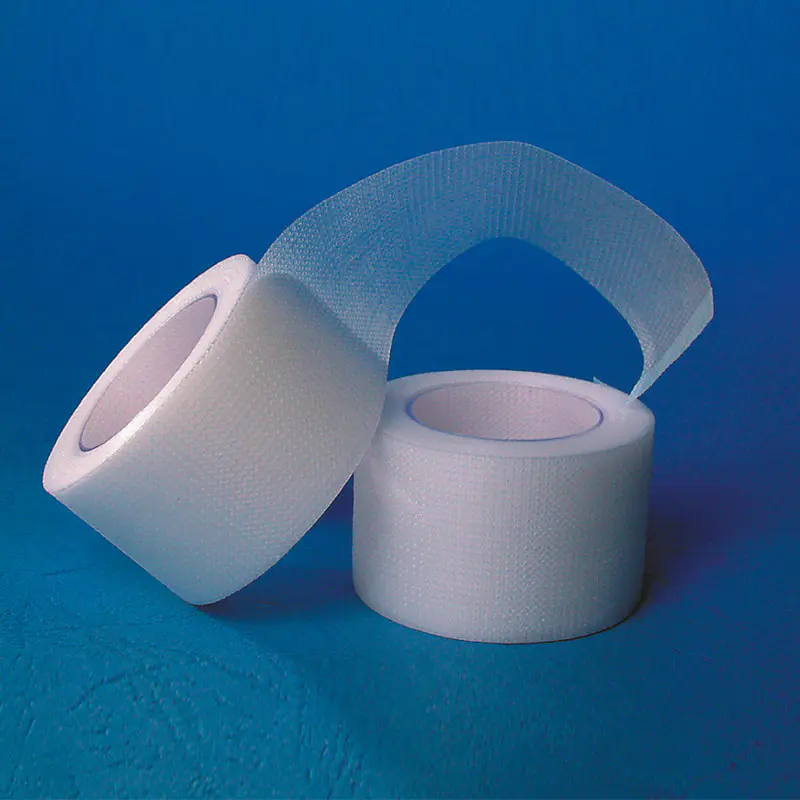
Key Characteristics:
Available in multiple materials (cloth, paper, film)
Can be breathable and hypoallergenic
Varies in strength and elasticity
Used for securing heavier dressings or sutures
May be reinforced for added strength
Are They the Same?
The short answer is: not exactly. While all transparent medical tapes can be considered a type of surgical tape (because they are used in medical/surgical settings), not all surgical tapes are transparent.
Think of it this way:
Transparent medical tape is a subset of surgical tape.
Surgical tape is an umbrella term that includes transparent film, cloth, paper, and other adhesive tapes used in healthcare.
For example:
A polyurethane transparent film used to secure an IV line is both transparent medical tape and surgical tape.
A beige cloth tape used to hold a bulky abdominal dressing after surgery is surgical tape—but not transparent.
Key Differences Between the Two
Although they overlap in function, several factors differentiate transparent medical tape from other types of surgical tape:
| Feature |
Transparent Medical Tape |
General Surgical Tape (e.g., Cloth or Paper) |
| Material |
Polyurethane or plastic film |
Cloth, paper, or plastic |
| Transparency |
Yes – allows wound inspection |
Usually opaque (beige, white, etc.) |
| Water Resistance |
High – often fully waterproof |
Low to moderate (cloth absorbs moisture) |
| Breathability |
High – allows air and moisture vapor to pass |
Varies; cloth is breathable, paper less so |
| Adhesion Strength |
Moderate – gentle on skin |
Can be high – especially cloth tape |
| Elasticity |
Stretchable and conformable |
Limited stretch (except elastic variants) |
| Common Uses |
IV sites, thin dressings, sensors |
Surgical incisions, heavy dressings, sutures |
| Durability |
Long-wearing (up to 7 days) |
May require more frequent changes |
| Allergy Risk |
Low (hypoallergenic options available) |
Higher with some adhesives (e.g., rubber-based) |
This table highlights that while both serve critical roles in patient care, their applications are tailored to different clinical needs.
When to Use Transparent Medical Tape
Transparent medical tape is ideal when:
Continuous wound monitoring is needed (e.g., post-surgical incisions or IV sites).
The patient has sensitive skin (due to its gentle adhesive).
Water resistance is essential (e.g., for patients who bathe or sweat).
Minimal bulk is desired (e.g., securing ECG leads or small dressings).
Popular brands include 3M Tegaderm™, Smith & Nephew Opsite™, and Medline Safetac.
When to Use Other Types of Surgical Tape
Cloth or paper surgical tapes are preferred when:
Stronger adhesion is required (e.g., holding large gauze pads).
The dressing is heavy or subject to movement.
Reinforced support is needed (e.g., anchoring tubes or splints).
Cost is a concern (cloth tape is often less expensive than film).
For instance, zinc oxide tape (a type of cloth surgical tape) provides excellent adhesion and is commonly used in orthopedic settings.
Advantages and Limitations
Transparent Medical Tape:
Allows wound visualization
Waterproof and breathable
Reduces risk of maceration (skin breakdown from moisture)
Less durable under mechanical stress
May not adhere well to hairy or oily skin
Surgical Tape (Cloth/Paper):
Strong adhesion and durability
Better for rough or active areas
Often more affordable
Blocks view of wound
Can trap moisture, increasing infection risk
May cause skin trauma upon removal
Conclusion
So, is transparent medical tape the same as surgical tape? The answer lies in understanding context and classification. Transparent medical tape is a type of surgical tape, but not all surgical tapes are transparent. The distinction is crucial for proper clinical decision-making.
Healthcare providers must consider factors such as wound type, location, patient skin sensitivity, activity level, and need for monitoring when choosing between transparent film and other surgical tapes. In modern wound care, both play complementary roles—ensuring secure fixation while promoting healing and patient comfort.
As medical technology advances, innovations like antimicrobial coatings, silicone adhesives, and stretchable films continue to blur the lines between categories. Yet, the fundamental principle remains: the right tape for the right patient at the right time can make all the difference in outcomes.
In the end, whether it's transparent or opaque, the goal of any surgical or medical tape is the same: to protect, support, and heal.

 Bởi quản trị viên
Bởi quản trị viên
